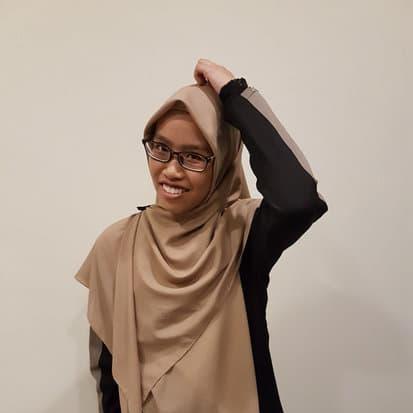
Arifah EP1000
Digital Fab & Prototyping Fundamentals
GET IN TOUCH
Arifah EP1000


Embedded Programming
Introduction to Arduino
Arduino Uno is an open-source microcontroller board based on the Microchip ATmega328P microcontroller. This microcontroller is a good choice as it helps a those getting started with electronics a basic understanding in embedded programming. It is also cheap and widely available. We can make devices work according to our needs and requirements by using this board.

Using Arduino IDE
Step 1: Write Code
Step 2: Compile
Step 3: Upload to UNO board
Step 4: Observe result
Note: press reset button to refresh
Interfacing LCD Panel using I2C
This task is using 16×2 LCD display with HD44780 controller. Download LiquidCrystal_PCF8574 Library
#include <Wire.h> // Library for I2C communication
#include <LiquidCrystal_I2C.h> // Library for LCD
// Wiring: SDA pin is connected to A4 and SCL pin to A5.
// Connect to LCD via I2C, default address 0x27 (A0-A2 not jumpered)
LiquidCrystal_I2C lcd = LiquidCrystal_I2C(0x27, 20, 4); // Change to (0x27,16,2) for 16x2 LCD.
void setup() {
// Initiate the LCD:
lcd.init();
lcd.backlight();
}
void loop() {
// Print 'Hello World!' on the first line of the LCD:
lcd.setCursor(0, 0); // Set the cursor on the first column and first row.
lcd.print("Hello World!"); // Print the string "Hello World!"
lcd.setCursor(2, 1); //Set the cursor on the third column and the second row (counting starts at 0!).
lcd.print("Welcome 2 Fablab");
}

Simple LED control
- connect a LED with a current limiting resistor (220 ohm) to port 6 of the Arduino Uno board. write a program to blink the LED in a variety of patterns.

const int RED=8;
void setup ()
{
pinMode (RED, OUTPUT);
}
void loop()
{
digitalWrite(RED, HIGH);
delay(1000);
digitalWrite(RED, LOW);
delay(1000);
}